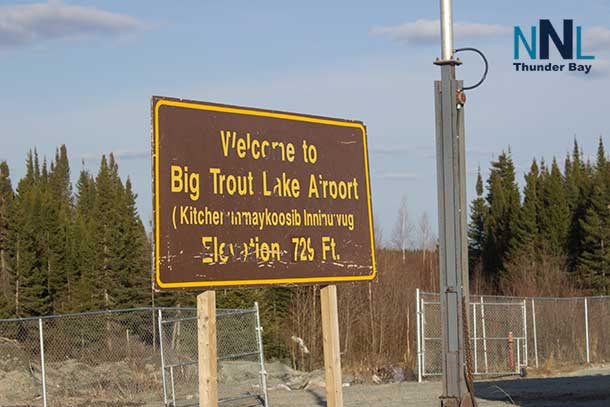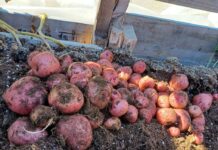THUNDER BAY – LIVING – A Frost Advisory on May 22nd demonstrates that planting the garden in our region means keeping a weather eye is an important part of the gardening experience.
Gardening enthusiasts in Ontario, Canada, know that one of the keys to a successful gardening season is timing the planting of their garden correctly. Thunder Bay, Dryden, and Kenora, located in Northwestern Ontario, have unique climatic conditions that affect the best planting times. This guide will provide a practical timeframe for planting your garden in these regions, helping you avoid losses from unexpected frosts.
Understanding Frost Dates
To know when to plant a garden, you need to understand the average dates of the last frost in spring and the first frost in fall. These dates inform the best times to plant and harvest your crops without damage from frost.
In Thunder Bay, Dryden, and Kenora, the last spring frost usually occurs between late May and early June, while the first fall frost typically arrives between late September and early October. However, these dates can vary annually, so it’s important to check local weather forecasts or consult with a local extension service.
Thunder Bay
Thunder Bay is located on the shores of Lake Superior, which has a moderating effect on the climate, making it slightly warmer than the other regions.
- Cold-hardy Plants (Broccoli, Cabbage, Peas, Onions): These can be sown as early as mid-April, as they can tolerate some frost.
- Frost-sensitive Plants (Tomatoes, Peppers, Cucumbers, Beans): Wait until after the last expected spring frost, usually in the first week of June.
Dryden
In Dryden, due to its slightly more inland location, the growing season may start a bit later.
- Cold-hardy Plants: Mid to late April is the earliest these can be planted.
- Frost-sensitive Plants: These plants should ideally be sown after the last spring frost, which typically occurs in the second week of June.
Kenora
Kenora, being the most northern of these locations, has a shorter growing season.
- Cold-hardy Plants: These can be planted from late April to early May.
- Frost-sensitive Plants: Kenora’s last spring frost is usually in mid-June, after which frost-sensitive plants can be safely planted.
Key Tips for Gardening Success
- Start Indoors: For a head start on the growing season, start some plants indoors before the last frost date. This is especially helpful for slow-growing plants like peppers and tomatoes.
- Use Frost Covers: Protect your plants from unexpected frost with frost covers or blankets. You can also use cloches for smaller plants or individual seedlings.
- Harden Off Plants: If you start plants indoors, be sure to harden them off before transplanting them outdoors. This process helps them adjust to outdoor conditions.
- Consider Raised Beds or Containers: These options provide better drainage and warm up faster than ground soil, giving your plants a better start.
- Monitor the Weather: Keep an eye on local weather reports to stay ahead of unexpected frosts. Be prepared to cover plants or move containers indoors if necessary.







